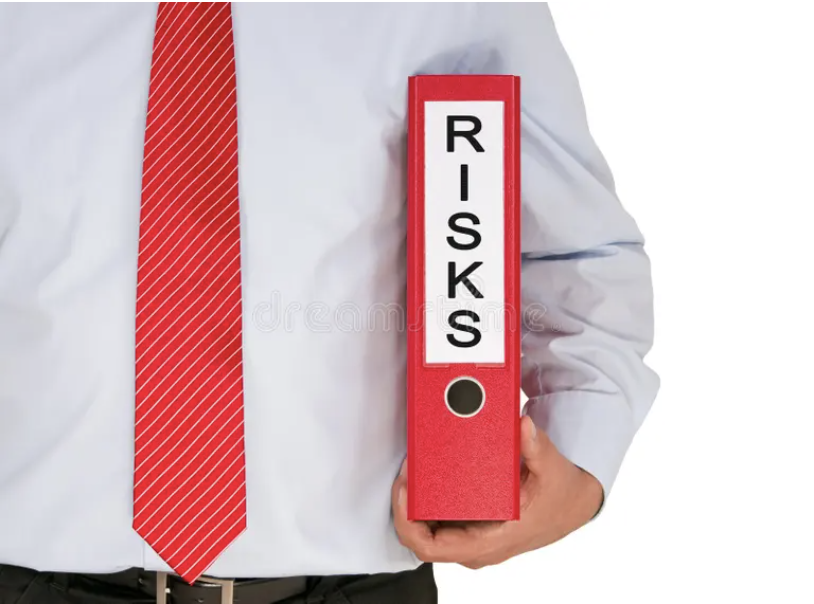Web3: The Dawn of a New Creative Era
Web3, often referred to as the “read-write-own web,” is poised to revolutionize the creative industry. By providing innovative tools that enable creators to earn, own assets, and reclaim control from dominant platforms and intermediaries, Web3 is reshaping the landscape of creative work. This transformation is not just about the initial sale of a piece of art but extends to continuous earnings through programmatic royalty streams facilitated by smart contracts. These self-executing contracts have the capability to transfer and store funds, offering a fresh paradigm for creative endeavors.

Historically, technology has been a driving force for creators, ushering in an era of mass culture that nurtured a professional class of artists. However, the advent of the internet and AI has disrupted this equilibrium. The initial phase of the internet, Web1, democratized access to information but simultaneously commoditized art and music, diluting creators’ rights. Web2, on the other hand, facilitated content publishing and idea sharing but confined creators to platforms they neither trusted nor controlled.
The dominance of these platforms has led to an unequal distribution of wealth, with only a minuscule fraction reaching the creators. This disparity is evident in the strikes by the Writers Guild of America (WGA) and the Screen Actors Guild–American Federation of Television and Radio Artists (SAG–AFTRA). The introduction of streaming has further complicated matters by reducing television seasons, downsizing writers’ rooms, and diminishing artists’ traditional revenue streams.
Web3 offers a beacon of hope in this scenario. By enabling creators to crowdsource funding directly from their fans, Web3 is democratizing the creative process. Moreover, the integration of AI with Web3 technologies can potentially benefit artists, allowing them to co-create alongside AI or even profit when their work is utilized to train models like large language models.
The decentralized nature of Web3 also empowers creators to track and monetize their intellectual property, ensuring timely and fair compensation. This is evident in the Philippines, where independent game studios are leveraging NFTs to fund new titles, bypassing traditional financial backers.
In Hollywood, this shift is palpable. Jessie Nickson-Lopez, a screenwriter known for her work on “Stranger Things,” has co-founded a Web3 startup, MV3. The company has launched a collection of NFTs representing characters that will form the foundation of a narrative universe. This approach not only inverts the traditional Hollywood model but also places control in the hands of the community.
In conclusion, Web3 is not just a technological advancement; it’s a cultural shift. It equips creators with tools to build genuine wealth from their work on a global scale. As the adage goes, the future isn’t to be predicted but achieved. With Web3, the creative industry is well on its way to realizing this future.


